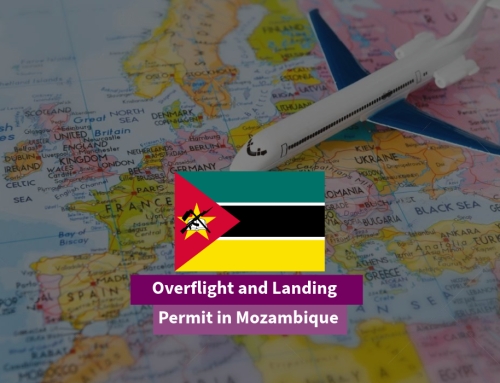Obtain Overflight and Landing Permits in Qatar
Qatar, a key player in global aviation, serves as a vital transit hub connecting Asia, Europe, and the Middle East. With state-of-the-art infrastructure and strategic positioning, operating flights through Qatari airspace or landing at its airports requires securing the necessary flight permits. Managed by the Qatar Civil Aviation Authority (QCAA), this guide outlines the processes and requirements for obtaining overflight and landing permits in Qatar.

Types of Flight Permits
- Overflight Permits
- Required for all foreign-registered aircraft passing through Qatar’s airspace without landing.
- Application details:
- Aircraft registration and type.
- Entry and exit points with estimated times.
- Purpose of overflight and routing details.
- Landing Permits
- Mandatory for all non-Qatari aircraft landing at any airport in Qatar.
- Applies to:
- Scheduled and non-scheduled commercial flights.
- Private and charter operations.
- Technical stops.
- Documentation needed:
- Flight schedule and purpose.
- Aircraft specifications and registration details.
- Crew and passenger manifests.
Application Process
- Submission Timeline:
- Overflight permits: Submit at least 24 hours prior to the flight.
- Landing permits: Submit at least 48-72 hours before the intended operation.
- Regulatory Body:
- The Qatar Civil Aviation Authority (QCAA) processes and approves permit applications.
- Required Documents:
- Aircraft registration and insurance certificates.
- Noise certification (if applicable).
- Detailed flight itinerary, including routing and airport slots.
- Additional details such as cargo information, if applicable.
Major Airports in Qatar
- Hamad International Airport (DOH/OTHH):
- Qatar’s flagship airport in Doha, a key hub for international flights and the home base for Qatar Airways.
- Equipped with world-class facilities for passengers, cargo, and technical operations.
- Al Udeid Air Base (OTBH):
- A military airport that occasionally facilitates emergency or special charter operations.
Special Considerations
- Airspace Restrictions:
- Certain areas in Qatar may have airspace restrictions due to military or sensitive zones.
- Permit Revisions:
- Changes to approved permits, such as flight schedule alterations, require re-approval from the QCAA.
- Slot Coordination:
- Aircraft operating at Hamad International Airport must secure airport slots before applying for a landing permit.
Benefits of Operating in Qatar
Qatar’s location, coupled with its cutting-edge aviation infrastructure, offers several advantages:
- Strategic Transit Hub:
- Connects key routes between Asia, Europe, and Africa.
- High-Quality Services:
- Renowned for its efficient ground handling and aviation support services.
- Support for Operators:
- A welcoming environment for both commercial and private aviation operators.
Need a flight permit in Qatar? click here






